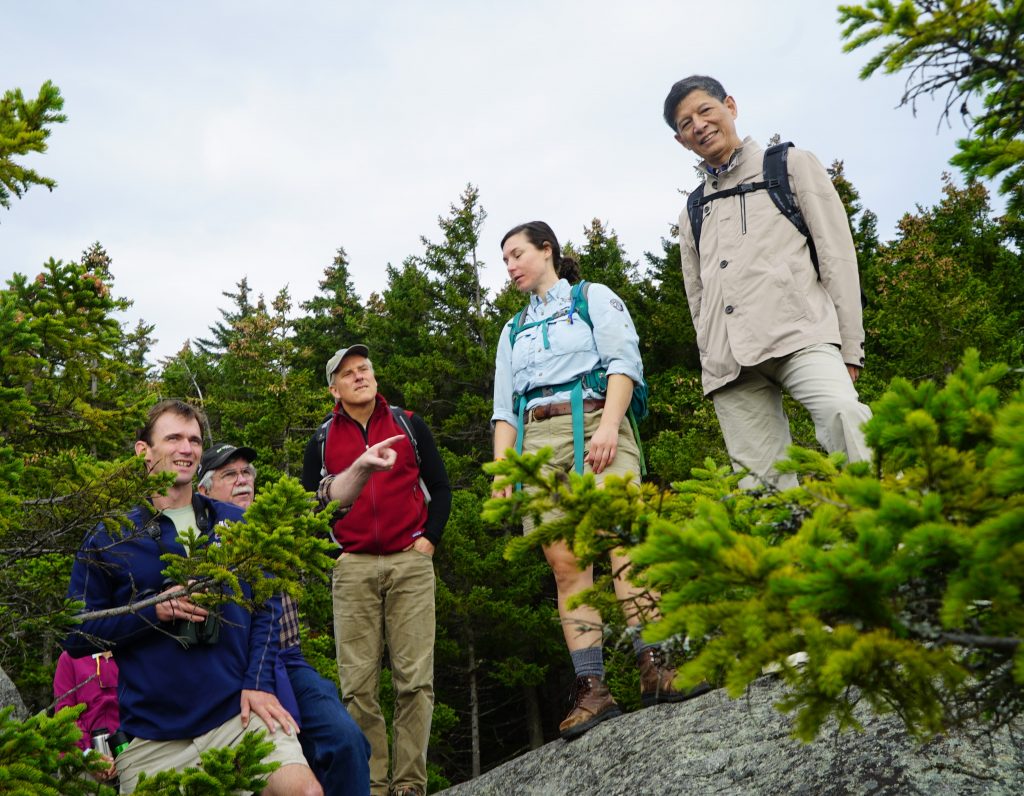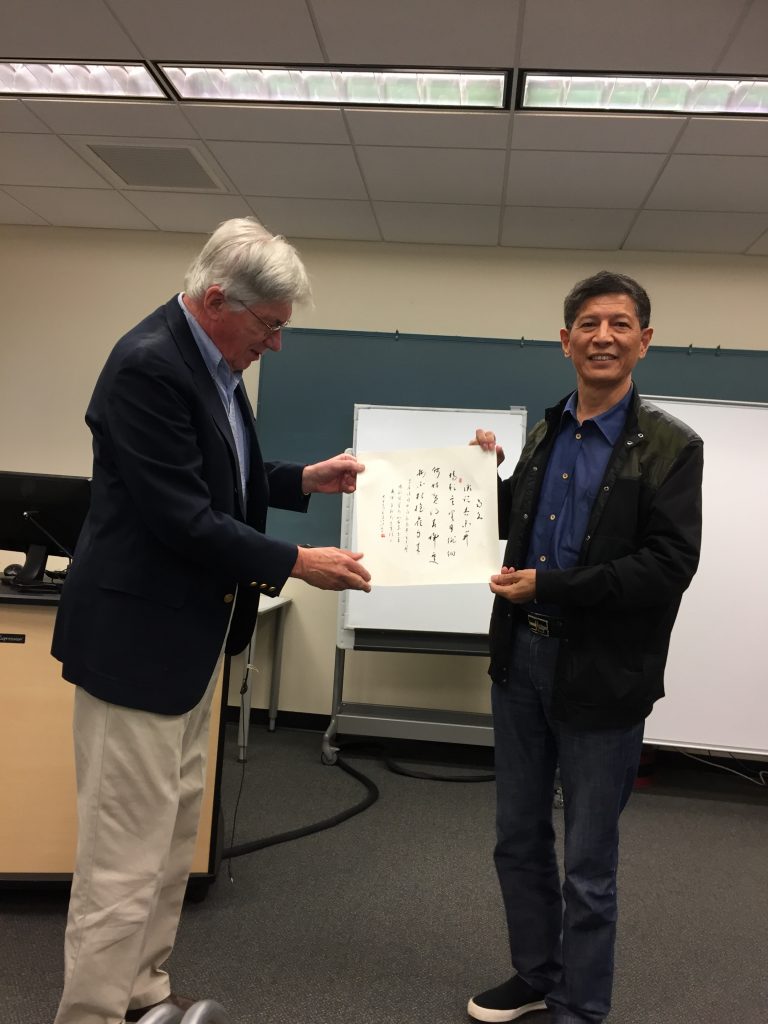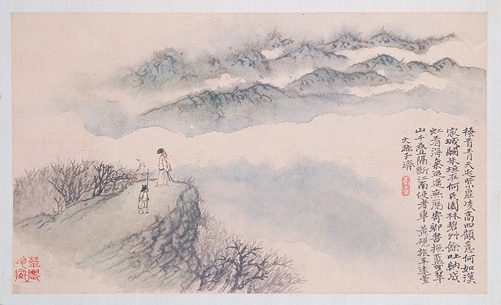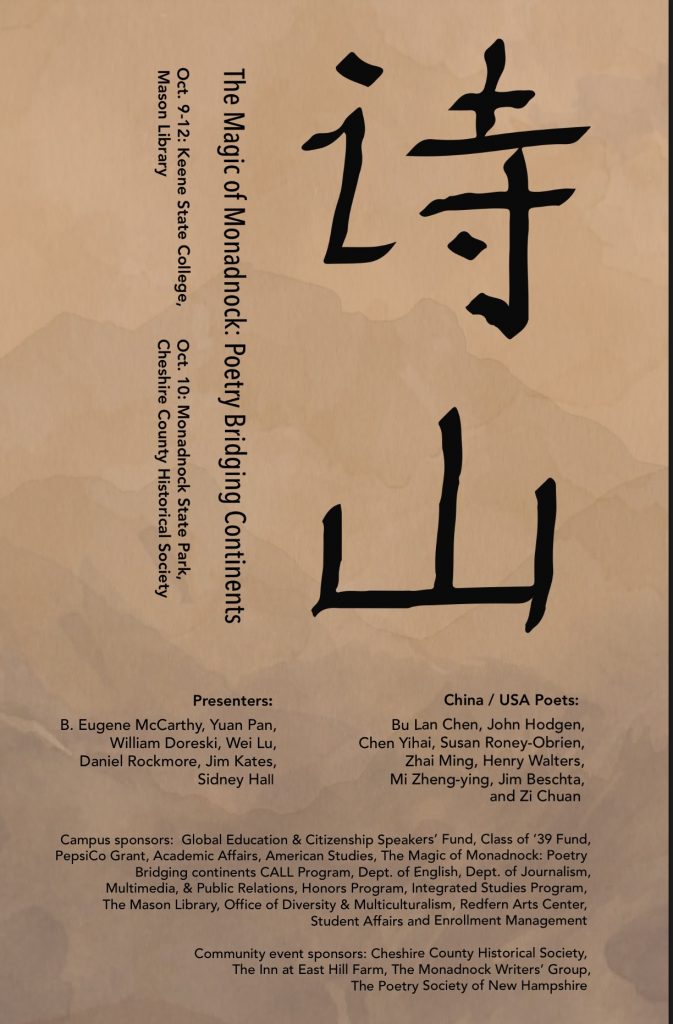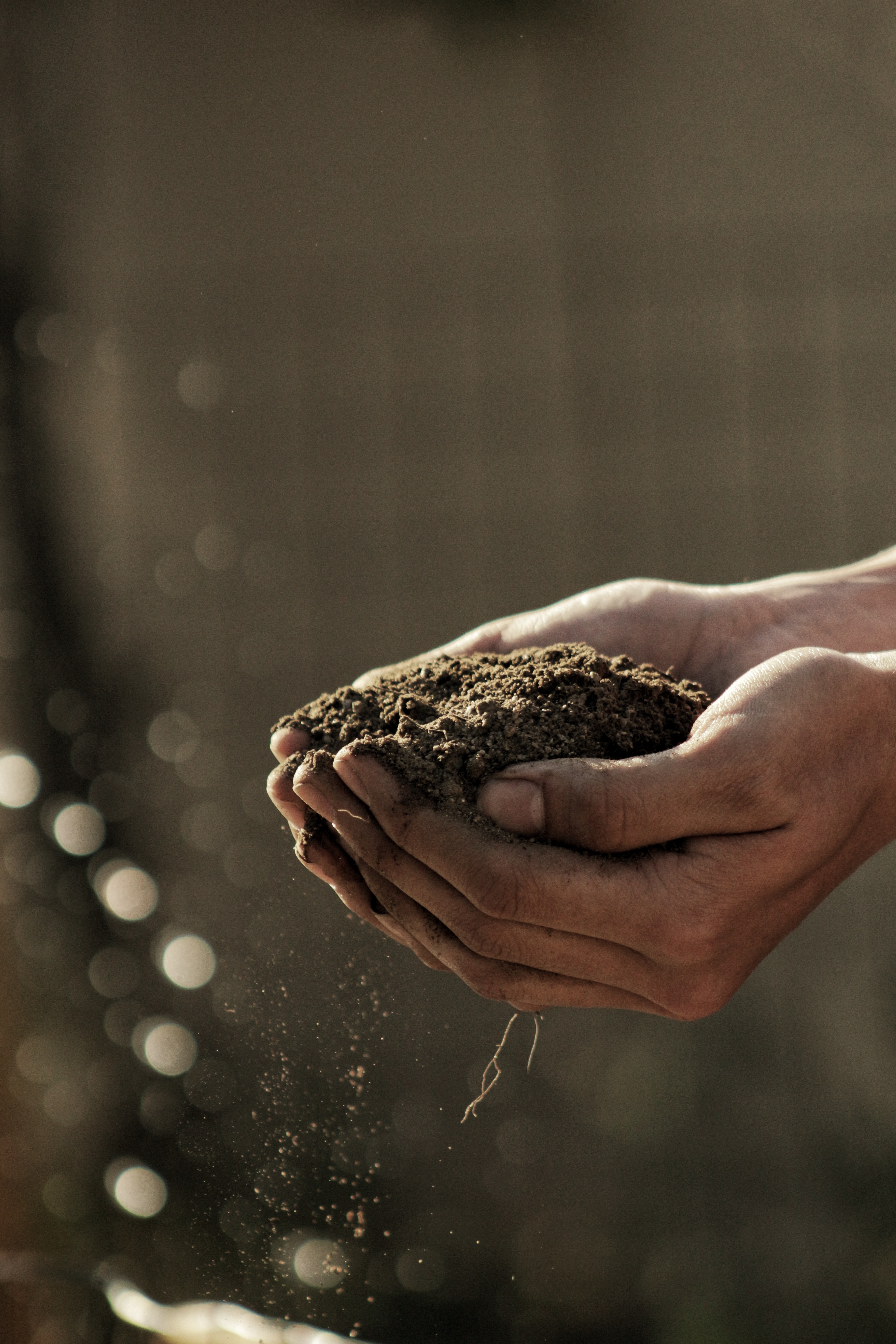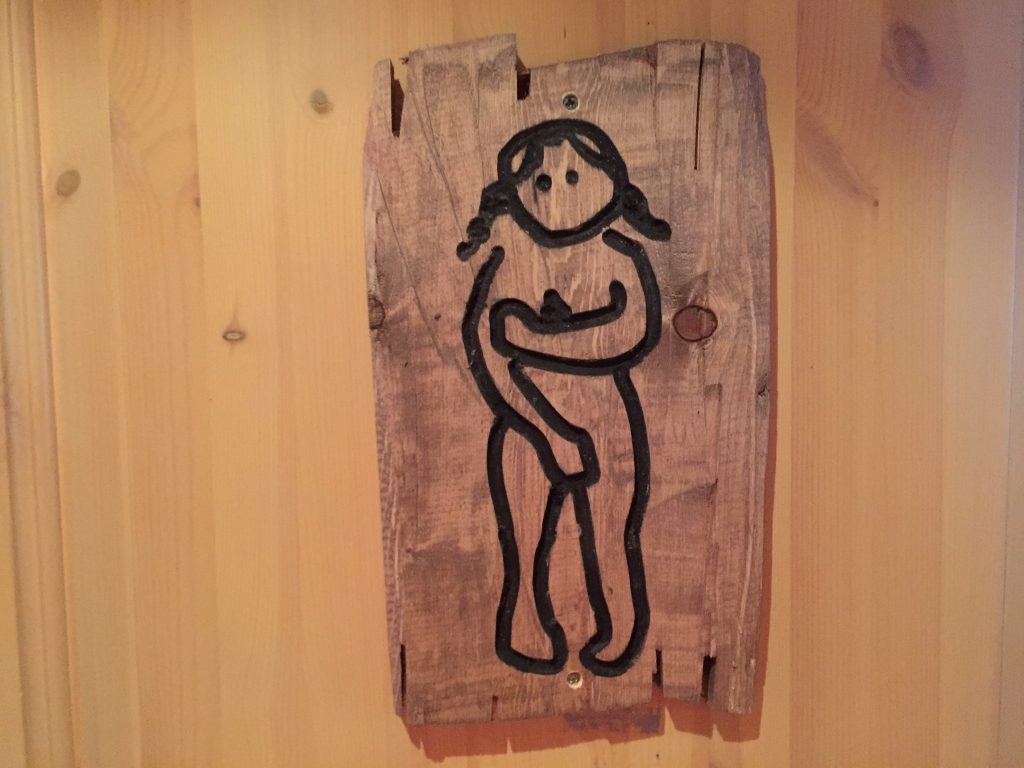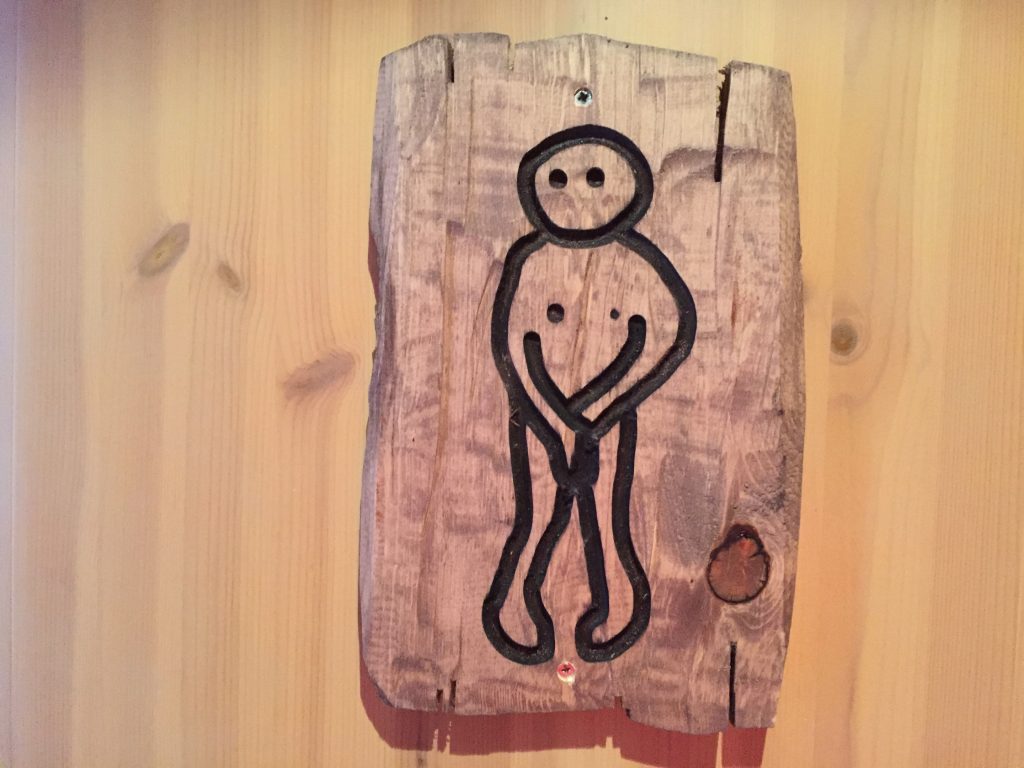Soil is the great connector of lives, the source and destination of all. It is the healer and restorer and resurrector, by which disease passes into health, age into youth, death into life. Without proper care for it, we can have no community, because without proper care for it we can have no life.
-Wendell Berry, The Unsettling of America: Culture and Agriculture (1977)
My collaboration with Amanda Littleton and the Cheshire County Conservation District began with a question: how does the mission of a conservation district—to improve management practices that improve soil health while increasing the viability of a farm and to educate the general public that healthy soil is the foundation for a healthy food system—connect to ideas about the natural world, public interest in working landscapes, and the cultural narratives and ideas that shape our understanding of the land?
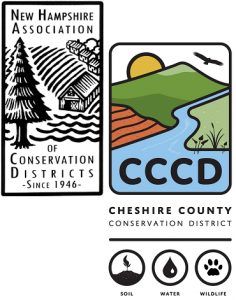
The series of events we organized successfully answered the question through community engagement with the complex relationship between natural and cultural history. A distinctive strength of this project, from a public humanities perspective, was the diversity of people who participated in the events. “The Natural and Cultural History of Soil: Cultivating Fertile Soil, Generating Resilient Communities” put books into the hands of farmers working the land, local residents working in environmental education, interested members of the community, educators, and students. In addition, our decision to make available more than one book—Dr. David Montgomery’s nonfiction “trilogy,” Dirt: The Erosion of Civilizations (2007), The Hidden Half of Nature: The Microbial Roots of Life and Health, with Anne Bilké (2016), and Growing a Revolution: Bringing Our Soil Back to Life (2017)—broadened our audience and enriched our discussions.
The film screening and panel discussion, and the dialogues I facilitated at each of these events, were productive dialogues about the complex relationship between agricultural practices, ecological literacy, and human values. It was especially rewarding to help shape a community inquiry into the basic humanistic and ecological questions I explore with my undergraduate students every semester: Who am I? Where am I? What is going on? Our two evening conversations were characterized by frustration about the scope of the problems we face; the daunting complexity of the choices, responsibilities, and values available to us; the empowering ideas of writers and thinkers whose ideas we can think with as we wrestle with complex questions; and the existing and emerging local solutions that promote not only more sustainable agriculture and economies but also a more rewarding and meaningful life.
Our panel discussion provided insights of a conservation professional, two working farmers, and an educator: Steve Pytlik, a District Conservationist working for the USDA Natural Resources Conservation Service in Walpole, NH; professor Tatiana Schreiber, who has advanced degrees in Rural Sociology and Nutrition, Mass Communications, and Environmental Studies; and Frank Hunter, who majored in Environmental Studies at Prescott College in AZ, and Kim Peavey, who studied literature and theology as a graduate student and has published over thirty articles on sustainable farming, parenting, and spirituality, who have together been raising vegetables with the help of their draft horses for over seventeen years. Following comments about the books, I facilitated a discussion using passages from the books selected by the panelists.
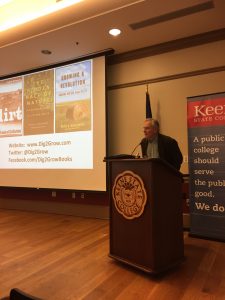
Introducing David Montgomery in Alumni Hall at Keene State College
In early November, following the film screening and the book discussion in October, the author Dr. Montgomery presented to a packed room at the NH Conservation District Annual Meeting. The following day I had the honor of introducing Dr. Montgomery to the students, faculty, and staff of Keene State College for a talk that concluded the series. In my introduction, I shared my thoughts on Dr. Montgomery’s place among scientists who have dedicated themselves to connecting different areas of scientific inquiry, developing a vocabulary to express what science tells us, and telling a story that can help us change the way we see ourselves and our world—including Rachel Carson, E.O. Wilson, Sandra Steinbgraber, and Mark Bekoff. Each of these writers, I explained, is aware that the real, material ecological crisis we face is also a cultural crisis, a crisis of representation. That is to say, I concluded, the inability of political cultures to address the environmental predicaments of our time is in part a failure of narrative.
The environmental humanities begins in this idea: that we need better stories that connect us to one another and to the more-than-human world we share. Dr. Montgomery’s award-winning popular-science books, offered readers an accessible story about natural and cultural history—a chronicle that invited participants to change how they think about themselves and the world.
The overarching questions we were asking included the following:
- How do historical examples of specific agricultural practices and their effects on the soil inform our current use and value of the soil?
- What do our current agricultural practices of agriculture say about us both individually and collectively?
- How do we think about soil in historical, political, historical, sociological, economic, technological, even moral terms?
- How do we understand the social needs and demands of our local agricultural economy, the natural constraints of ecology and the political imperatives of democracy?
- And how do we reconcile agricultural practices, community health and resiliency, food health and security, with our insatiable consumer economy?
It was delightful to have David with us here at Keene State College and to work with Amanda Littleton to share his writing and presence with members of the Monadnock region. The adventure in the public humanities brought together farmers, members of the community, and students to think together about the world in which we live. We also developed a reading list, The Literature of Dirt, that includes other resources for a season of reading and thinking about the source and destination of all.
As a professor who has worked with the New Hampshire Humanities Council since 1998, and who has facilitated dozens of book discussions at libraries around the state, I am grateful for the support of this project. My hope is that the Humanities Council will use this successful dialogue to expand the reach of the humanities through comparable collaborations with other organizations and institutions. These kinds of partnerships begin in questions about how to create dialogues across the communities that define us. We need these questions, as well as the answers they might lead us to consider.
featured image by Gabriel Jimenez
The Literature of Dirt: A Reading List
Franklin Hiram King, Farmers of Forty Centuries; or Permanent Agriculture in China, Korea, and Japan (1911)
In the early 1900s Franklin Hiram King of the U.S. Department of Agriculture shares how farmers in China, Korea, and Japan cultivated land and maintained soil fertility for more than four thousand years
Rachel Carson, “Realms of the Soil,” chapter 5 of Silent Spring (1962)
Carson’s chapter on the ecology of soil documents the environmental effects of broad-spectrum pesticides
Masanobu Fukuoka, The One Straw Revolution (1975)
A practical and philosophical manifesto about no-till agriculture, farming, eating, and the limits of human knowledge
Wendell Berry, The Unsettling of America: Culture and Agriculture (1977)
Essays on the practices and assumptions of modern agriculture and an extended argument about modern life and its loss of community, devaluation of work, and destruction of nature
William Bryant Logan, Dirt: The Ecstatic Skin of the Earth (1995)
A literary and cultural reflection on dirt—the “ecstatic skin of the earth”—and that inspired the 2009 American documentary film directed by filmmakers Gene Rosow and Bill Benenson
David Montgomery, Dirt: The Erosion of Civilizations (2007)
A history of the problems of soil degradation and erosion from the beginnings of human agriculture to the present
Eric C. Brevic and Lynn C. Burgess, eds, Soils and Human Health (2012)
Essays that introduce readers to human health covering the influence of soil conservation and contact with soil on human health
Judith D. Schwartz, Cows Save the Planet: And Other Improbable Ways of Restoring Soil to Heal the Earth (2013)
Environmental journalism that links soil restoration to environmental, economic, and social problems, from climate change, desertification, biodiversity loss to rural poverty, and malnutrition
Courtney White, Grass, Soil, Hope: A Journey Through Carbon Country (2014)
A chronicle of practices that capture carbon in the soil that links our treatment of the soil with the future of the planet
Kristin Ohlson, The Soil Will Save Us: How Scientists, Farmers, and Foodies Are Healing the Soil to Save the Planet (2014)
An exploration of soil through stories of scientists and farmers and others of the dynamics of the natural world to adress environmental crisis
Barbara Richardson, editor. Dirt: A Love Story (2015)
Thirty-six short nonfiction essays (2015) on the beauty and mystery of dirt
David Montgomery, Growing a Revolution: Bringing Our Soil Back to Life (2017)
A geomorphologist tells the story of an emerging transformation of agricultural practices that begins with the soil and soil fertility—a revolution in philosophy and practice
Paul Bogard, The Ground Beneath Us: From the Oldest Cities to the Last Wilderness, What Dirt Tells Us About Who We Are (2017)
An exploration of the ground beneath us—from some of the oldest cities to the undisturbed areas we call wilderness. “We walk on ground that teems with life—an incredible one-third of all living organisms—a trove of biodiversity still only just starting to be explored”
Soil Resources
Dig It! The Secrets of Soil
Exhibit from the Smithsonian’s National Museum of Natural History on display at the Museum from July 18, 2008 through Jan 10, 2010. Includes useful links to extension activities, educational materials, and further reading
Global Assessment of Soil Degradation GLASOD
The UNEP-funded GLASOD project has produced a world map of human-induced soil degradation, using a expert-based approach. Includes a global map, at a scale of 1:10 million, and documented in a downloadable database
International Year of Soils Web Site (2015)
The Food and Agriculture Organization of the United Nations has been nominated to implement the IYS 2015, within the framework of the Global Soil Partnership and in collaboration with Governments and the secretariat of the United Nations Convention to Combat Desertification. Includes audio, video, and print resources
Natural Resources Conservation Service
A collection of soil education resources and links to print and web-based information
The Land Institute
The Land Institute is a science-based research organization based on Salina, Kansas, working to develop an alternative to current destructive agricultural practices
Soil Knowledge Network
The NSW Soil Knowledge Network Inc. is a group of retired and semi-retired soil specialists who are passionate about soil and the land. They are an independent, not-for-profit group, which captures critical soil knowledge and experience
The Alliance of Crop, Soil, and Environmental Science Societies (ACSESS)
The Alliance of Crop, Soil, and Environmental Science Societies (ACSESS) is an association of prominent international scientific societies headquartered in Madison, Wisconsin, USA. ACSESS was created by and is composed of the American Society of Agronomy (ASA, founded in 1907), the Crop Science Society of America (CSSA, founded in 1955), and the Soil Science Society of America (SSSA, founded in 1936). Includes an extensive digital library of books, journals, magazines, and presentations
George Monbiot, Journalist
Essay “Ploughing on Regardless” (published in The Guardian 25 March 2015) centered around a question: Almost all other issues are superficial by comparison to soil loss. So why don’t we talk about it?
The Nature and Properties of Soils (15th Edition) Ray R. Weil; Nyle C. Brady Emeritus Professor
Developed for Introduction to Soils or Soil Science courses, The Nature and Properties of Soils, Fifteenth Edition, can be used in courses such as Soil Fertility, Land Resources, Earth Science and Soil Geography.
Selected Quotations
“Upon this handful of soil our survival depends. Husband it and it will grow our food, our fuel, and our shelter and surround us with beauty. Abuse it and the soil will collapse and die, taking humanity with it.
–Vedas (Hindu scripture, 1500 B.C.)
“We know more about the movement of celestial bodies than about the soil underfoot.” – Leonardo Da Vinci, circa 1500’s
“Heaven is under our feet as well as over our heads.”
-Henry David Thoreau, Walden (1850)
I bequeath myself to the dirt to grow from the grass I love,
If you want me again look for me under your boot-soles
-Walt Whitman, section 52, “Song of Myself” (1855)
“The washing of soil from the mountains leaves bare ridges of sterile rock, and the rich organic mould which covered them, now swept down into the dank low grounds, promotes a luxuriance of aquatic vegetation that breeds fever and more insidious forms of mortal disease, by its decay and thus the earth is rendered no longer fit for the habitation of man.”
-George Perkins Marsh, Man and Nature (1864)
“The love of dirt is among the earliest of passions, as it is the latest. Mud-pies gratify one of our first and best instincts. So long as we are dirty, we are pure. Fondness for the ground comes back to a man after he has run the round of pleasure and business, eaten dirt, and sown wild oats, drifted about the world, and taken the wind of all its moods. The love of digging in the ground (or of looking on while he pays another to dig) is as sure to come back to him, as he is sure, at last, to go under the ground, and stay there.”
-Charles Dudley Warner, My Summer in a Garden (1870)
“The United States is a democracy; it does not accomplish its ends by handing down decrees from above, but by the initiative and consent of the citizens, who must first know what they want and how to achieve it.”
–Soils and Men, the 1938 Yearbook of the Department of Agriculture
“We abuse land because we regard it as a commodity belonging to us. When we see land as a community to which we belong, we may begin to use it with love and respect.”
–Aldo Leopold, A Sand County Almanac (1949)
“Nature has endowed the Earth with glorious wonders and vast resources that man may use for his own ends. Regardless of our tastes or our way of living, there are none that present more variations to tax our imagination than the soil, and certainly none so important to our ancestors, to ourselves, and to our children”
– Charles Kellogg, The Soils That Support Us (1956)
“There are few studies more fascinating, and at the same time more neglected, than those of the teeming populations that exist in the dark realms of the soil. We know too little of the threads that bind the soil organisms to each other and to their world, and to the world above.”
-Rachel Carson, Silent Spring (1962)
“Soil is the great connector of lives, the source and destination of all. It is the healer and restorer and resurector, by which disease passes into health, age into youth, death into life. Without proper care for it, we can have no community, because without proper care for it we can have no life.”
-Wendell Berry, The Unsettling of America: Culture and Agriculture (1977)
The god of dirt
came up to me many times and said
so many wise and delectable things, I lay
on the grass listening
-Mary Oliver, “One or Two Things” Dream Work (1986)

